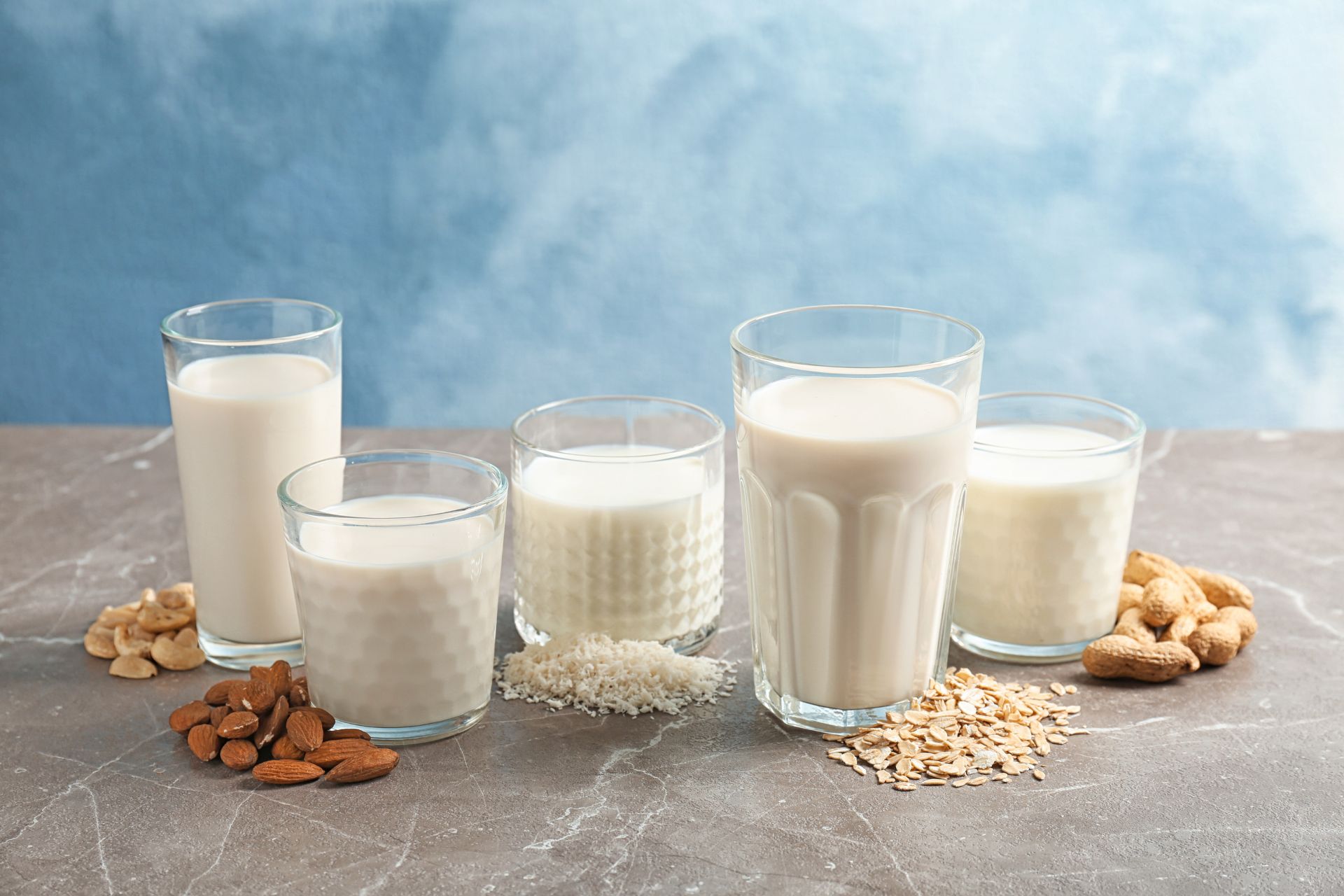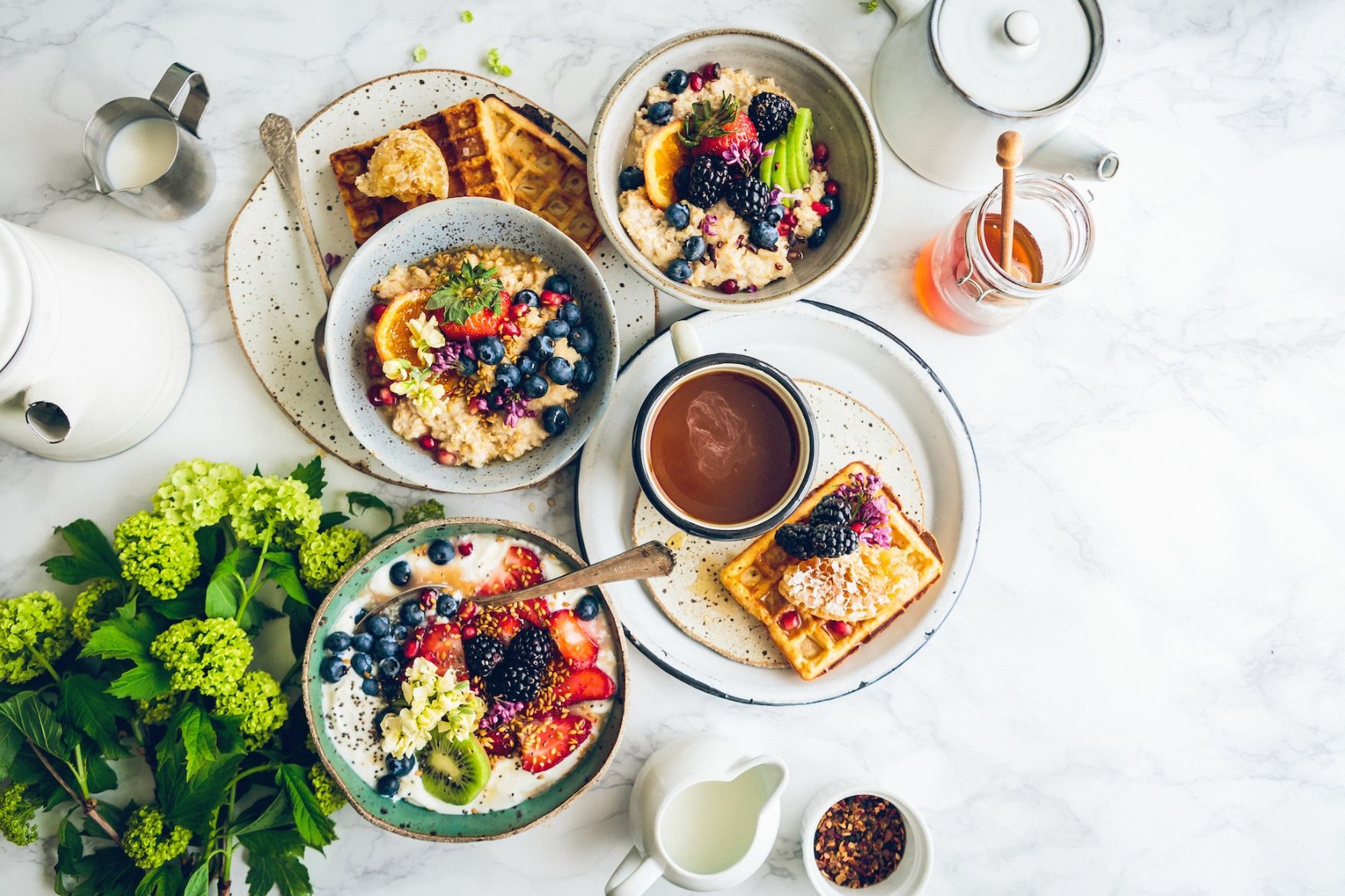If you’re eating plant-based and still feel like you’re not getting enough protein, you’re not alone. Protein is so much more than just a bodybuilder’s obsession. It helps with satiety, hormone balance, muscle repair, and even your metabolism. The good news? You don’t need to count macros or live on protein powders to get enough.
Here are 10 super simple, everyday upgrades that sneak in more protein without completely changing your routine.
1. Add tofu to your smoothies
It might sound strange, but silken tofu blends up completely smooth and flavorless. You’d never know it’s there. It adds a creamy texture, makes your smoothie more filling, and bumps the protein way up without any chalky aftertaste.
Without tofu: ~2g protein
With tofu: ~12g protein
2. Replace oats with quinoa flakes
Quinoa flakes cook just like oats but contain more protein and all 9 essential amino acids. It’s an easy way to turn your usual breakfast into something more satisfying that keeps you full longer.
1/2 cup oats: ~5g protein
1/2 cup quinoa flakes: ~8g protein
3. Use lentil or chickpea pasta instead of regular
Legume-based pastas are a game changer. They cook fast, taste great, and offer double (or more) the protein compared to wheat pasta. You’ll barely notice the difference, but your body definitely will.
2 oz wheat pasta: ~6–7g protein
2 oz lentil/chickpea pasta: ~13–20g protein
4. Sneak white beans into sauces
White beans like cannellini or navy beans are neutral-tasting and blend easily into pasta sauce, soup, or even salad dressings. They add creaminess and bulk while giving your meals a hidden protein boost.
Regular sauce: ~1–2g protein per serving
With white beans added: ~6–8g protein per serving
5. Try high-protein wraps instead of bread
Most bread is low in protein and high in carbs, which can leave you hungry again soon after eating. Lentil or legume-based wraps flip the script and are perfect for burritos, tacos, or breakfast wraps.
2 slices of bread: ~6g protein
1 high-protein wrap: ~10–12g protein
6. Make edamame your go-to snack
Instead of grabbing something processed, go for a bowl of edamame with sea salt or chili flakes. It’s packed with protein, easy to prep, and helps stabilize blood sugar between meals.
1 oz chips: ~2g protein
1 cup edamame (shelled): ~17g protein
7. Swap rice for tempeh cubes
Rice is delicious, but it doesn’t give you much protein. Try replacing half of your serving with crispy tempeh for a major upgrade in protein, fiber, and gut-friendly fermented nutrients.
1 cup white rice: ~4g protein
½ cup rice + ½ block tempeh: ~17g protein
8. Use hummus as a base or dressing
Instead of using oil-heavy dressings or mayo, spread hummus on wraps, thin it out for salads, or use it as a creamy bowl base. It adds flavor and gives your meals a small but meaningful protein lift.
2 tbsp vegan mayo or oil-based dressing: ~0g protein
2 tbsp hummus: ~3–4g protein
9. Go for a protein-packed vegan shake
When you’re on the go or just want something fast, a high-quality vegan shake can be a game changer. I love the Purium Power Shake because it’s plant-based, full of greens, and supports digestion and energy, not just protein.
Fruit smoothie with oat milk: ~4–6g protein
Power Shake: ~15g+ protein
👉 Use my code PLANTABYGIA to save on your order!
10. Switch to soy milk instead of almond or oat
Most plant milks are basically flavored water with very little protein. Soy milk is the exception. It’s creamy, neutral-tasting, and makes a huge difference in your protein intake throughout the day.
1 cup almond milk: ~1g protein
1 cup soy milk: ~7–9g protein
Final Thoughts:
You don’t need to overhaul your entire diet to hit your protein goals. Small, smart swaps like these make a big impact over time. Start with one or two, and watch how much easier it becomes to stay full, energized, and on track.
Let your food fuel you, simply and powerfully. 💪🌱





